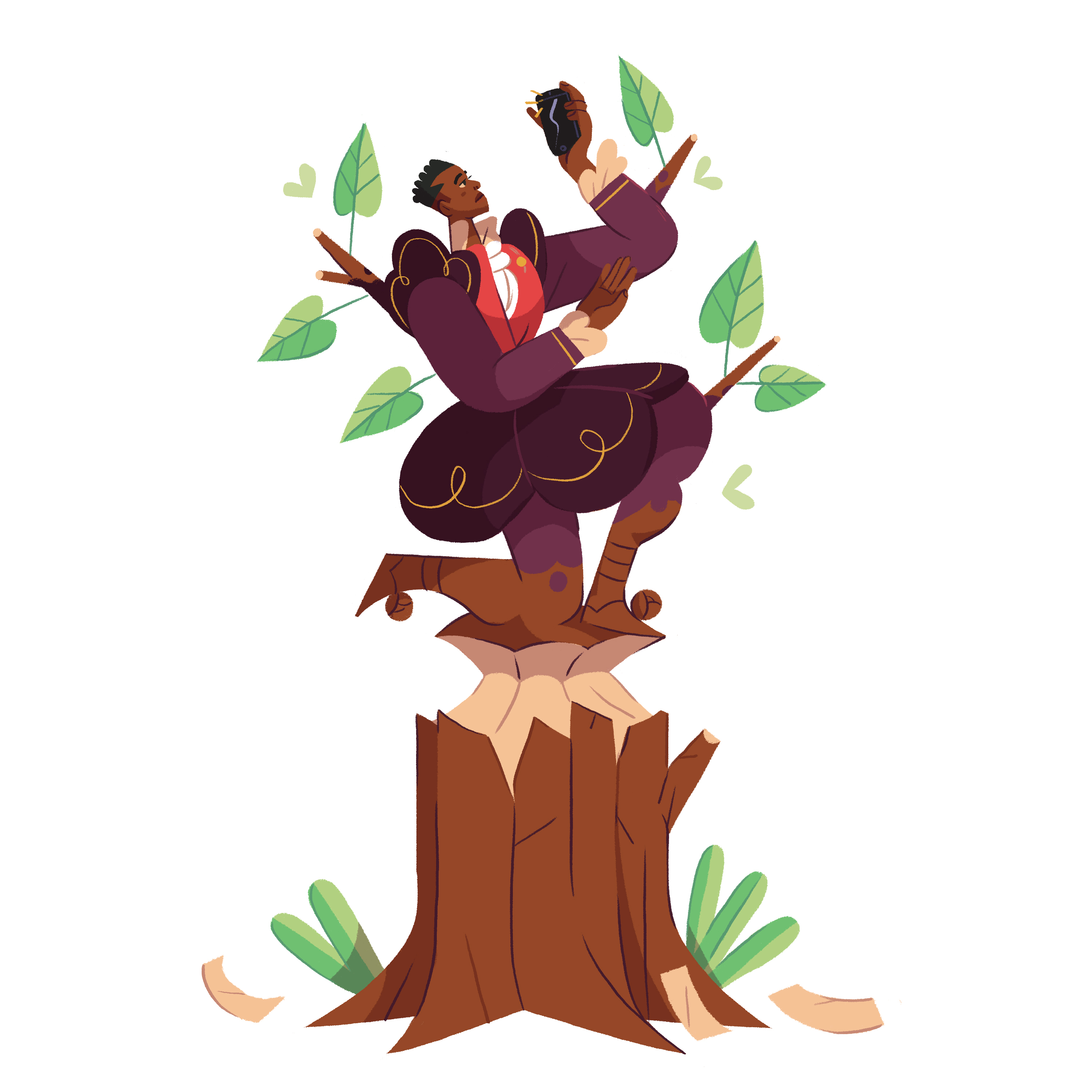Forecasting the Future
Eleven in-house creative leaders tell us what’s next for design in 2020
With a new year (and a new decade!) upon us, we’ve asked 11 creative minds from the Airbnb Design team to fill us in on their predictions for 2020. From the end of the monoculture to amplifying the female gaze, these are the shifts that will define the continued evolution of design, storytelling, content creation, photography, globalization, and more.
Alex Schleifer | Chief Design Officer
The end of the monoculture. We’re entering a world where we have constant access to very cheap, very high-quality content. Media structures used to mean there was the one nightly show, the one big band, the one movie. There was a ubiquitous monoculture and everything else was subculture. That’s no longer the case. There’s too much to watch and fewer singular, dominant cultural phenomenons, even though there’s still some space for a Game of Thrones, a Beyoncé, or a Baby Yoda to captivate the masses. Niche communities are becoming better served by a more fragmented media landscape. This has been talked about since the early years of the Internet, but I sense that it’s actually coming to fruition with enough money, attention, talent, and generational shifts to make it real. Could this year mark the end of the monoculture we’ve discussed for decades?
Janine Kahn | Editorial Manager, Airbnb Magazine
More portraits of the local as an expert. We’re seeing a shift away from the travel journalist as the go-to voice for a destination—even the New York Times is moving away from the traditional travelogue. Inviting locals to paint an accurate picture of their cities is becoming increasingly more popular in an age that values authenticity over polish.
Tim Allen | VP, Design
Brands champion inclusion. Designers, business leaders, and engineers will continue to embrace inclusivity and the need for brands to reflect a rich diversity of perspectives. This will lead to an increased advocacy for human interests in technology; a more intentional integration of ethics, equity, and justice into design decision-making; and the dismantling of sustained bias within algorithms, products, and services.

Alex Anderson | Creative Director
Brands co-create with their community. These days, brands are co-owned by their communities through social media. For example, the Outdoor Voices fan base lies at the core of their marketing with stories like #myoutdoorvoice. Their channel highlights the stories of exercisers who inspire them while celebrating local events, ultimately moving beyond pure product plays to champion culture. Companies will continue to recognize this fact, and will expand brand voice and content to encompass more conversational, interactive, and timely approaches.
Bridget Harris | Photography Lead
Corporate will partner with creative. Content creators, photographers, and visual storytellers are turning to tech brands to find work that is disappearing in newspapers, magazines, and other traditional forms of media. As a result, tech companies have the opportunity to partner with talent whose backgrounds legitimize the authenticity of their storytelling, while financially empowering them to continue telling culturally relevant stories outside the parameters of their brands. This has allowed legacy modes of storytelling to have a second life in fresh, innovative contexts.
Naz Arandi | Creative Director
The female gaze, magnified. I grew up hyper-aware of the dominance of the male gaze through art and architecture history. The content movement’s shift toward the female gaze—that is, seeing the world through a feminine perspective—feels like a revolution that’s brewing. See Lulu Wang’s gorgeous film The Farewell, Cass Bird’s honest, joyful photos, or Ava DuVernay’s When They See Us for powerful examples of this perspective. I’m excited to watch it take shape.

Matt Gallivan | Research Manager
The return of qualitative research. Tech companies will trace many of their public trust challenges to their over-reliance on a small set of metrics, and qualitative user research will enjoy a resurgence as these companies seek deeper understanding of how their products affect people.
Sadia Latifi | Head of Content Strategy, Experiences
Voice guidelines become archaic. Great writers don’t use brand voice and tone words in their day-to-day. A voice and tone guide is mostly a deliverable used to educate stakeholders on how writers think strategically—and also to prove good writing isn’t easy or arbitrary. The future of voice and tone will rest with localization teams, who will work side-by-side with writers to define what’s relevant and appropriate for people all over the world. That means tech products will (finally, hopefully!) lose some of that Bay Area bubble and appeal to underserved audiences with a range of values.
Salvo Giammarresi | Head of Globalization
Internationalization becomes the norm. Displaying the correct country-specific formatting for numbers, dates, addresses, currency, and more will become essential for any mature company that wants to do business globally. Too many companies still see this basic internationalization work as optional, but it isn’t. If a company isn’t able to show the right currency or number formatting, how can customers trust that their products and services are any good?
Alex Tieghi-Walker | Creative Lead/Storyteller
Better ethics, fewer excuses. The way we tell stories will become increasingly important. There is no excuse anymore not to be commissioning diverse writers, filmmakers, and photographers, or to enter production without being mindful of ways to keep the process ethical and environmentally aware. When it comes to creative projects, I’d love to see the ratios of traditional (white cis straight male) versus diverse contractors shift considerably in large companies.

James Fleming I Program Manager, Design Education System
Design learning will incubate tomorrow’s leaders. Designers are increasingly working at the intersection of standard and experimental practices and processes. Yesterday designers created objects; tomorrow designers will create emergent narratives, systems, behaviors, and strategies. To that end, design organizations must create ambitious and avant-garde learning programs (see BFAMFAPhD’s Making and Being; University of the Underground, or MIT Media Lab for such interdisciplinary approaches) to prepare both early-career and established design leaders to ideate and create for the future.
Illustrations by Rafael Mayani.